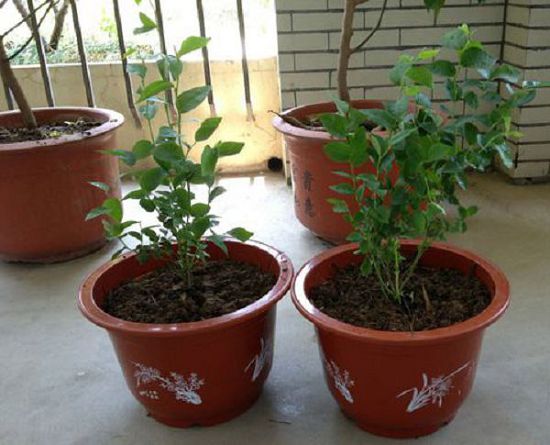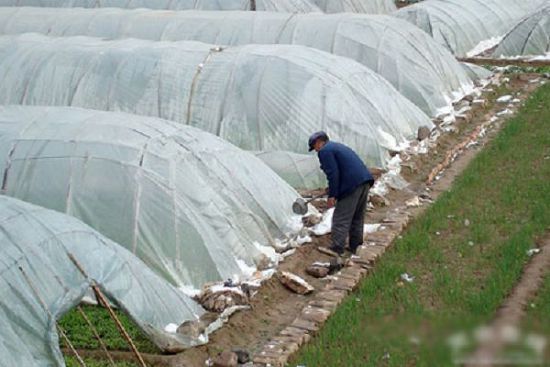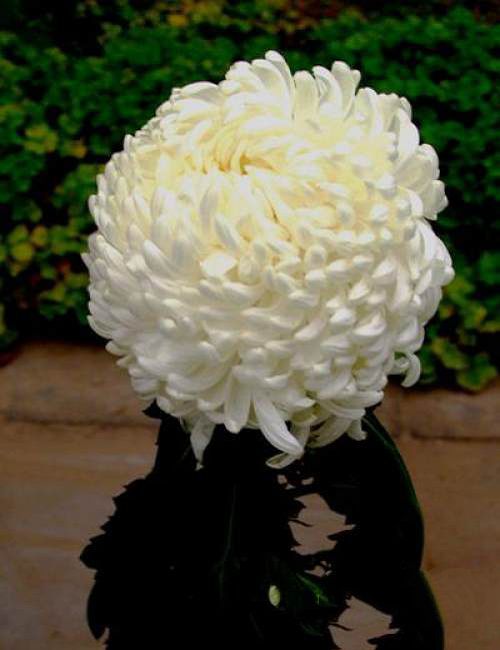Topdressing methods and matters needing attention of potted flowers and plants

The two sides of topdressing: topdressing is the same as changing pots, it also needs to pay attention to conditions, not only depends on the season, but also depends on the performance of plant growth, both should be taken into account, when it should be used, it can play a role in promoting growth, flowering and fruiting; on the contrary, blind topdressing, regardless of conditions, is easy to be counterproductive, light affects growth, leads to fertilizer damage, and therefore Q falls directly.
According to the condition of topdressing, air temperature:
In general, the temperature between 15 and 30 degrees is suitable for topdressing, but when the temperature continues to be below 15 degrees or exceeds 30 degrees, topdressing should be cautious. If the temperature is too low or too high, the risk of topdressing will increase and easily lead to fertilizer damage.
According to the condition of topdressing, the state of plant growth:
The main results are as follows: 1. Under normal circumstances, the conditions suitable for topdressing are growth period (mainly nitrogen fertilizer), flower bud stage, fruiting stage, post-anthesis growth period of bulbous or persistent root plants (mainly phosphorus and potassium fertilizer).
2. If the plant has just been transplanted and is in the state of slow seedling recovery, do not fertilize it prematurely. At this time, topdressing will not help and affect its slow seedling recovery.
In short, the simple description is not to see new leaves (buds) and not to get fat.
The method of topdressing:
1. General method: for most potted plants, when topdressing, dig up the topsoil at the edge of the flowerpot and put it directly into the fertilizer, then cover the soil and pour enough water into it. This method is suitable for both water-soluble and water-insoluble methods.
2. For water-soluble fertilizers, they can also be mixed with some water and then directly sprayed on the leaves of plants (foliar fertilizer) or directly dissolved in water and poured directly with water.
The principle of topdressing: apply thin fertilizer diligently. Thin fertilizer: that is, when the appropriate dosage is not mastered, the concentration should be as low as possible (try to follow the instructions on the package, and the seedlings can be reduced if they are too small).
Diligent application: it means to apply fertilizer frequently. Eating less and eating more is the most beneficial to plant growth. But there should also be a degree of diligence, continuous topdressing, at least an interval of more than a week. If you can't use this fertilizer today and that fertilizer tomorrow, topdressing is too frequent. If it goes on for a long time and exceeds the tolerance limit of the plant, it will also cause fertilizer damage; and don't give it too much fertilizer at once, and if you don't give it for a long time, you will be overfed. It is also not advisable to be hungry for a long time.
Special case:
1. For plants in full bloom, this period is very sensitive to water, fertilizer and environmental changes. in general, for most plants that bloom regularly and bear fruit, there is basically no topdressing at full flowering, but for grass flowers that bloom all the year round, such as dwarf cattle, geraniums, carnations, sunflowers, etc., they can still be fertilized in full bloom.
2. The method of topdressing mentioned above is suitable for potted plants, especially for observing the temperature. Once the temperature is not suitable (too cold or too hot), it is best not to topdressing; but for ground-grown plants, the temperature requirements are not so strict and can be appropriately relaxed. It is entirely possible to look at the growth of plants and then determine whether topdressing is possible.
The summary is complete.
Supplement 1: time for topdressing (provided by chipmunk fish friends):
Fertilization had better not be carried out at noon in summer and autumn, and leaf fertilizer should be applied in the afternoon without direct sunlight or in the evening, otherwise the fertilizer sprayed to the leaves evaporates too quickly, the leaves are not fully absorbed, and it is easy to cause sunlight to burn leaves.
- Prev

Technical measures for snow prevention and frost resistance of flower seedlings in winter
Technical measures for snow prevention and frost resistance of flower seedlings in winter
- Next

Seedling raising method and temperature treatment of potted Flower Chrysanthemum
Seedling raising method and temperature treatment of potted Flower Chrysanthemum
Related
- What if the leaves of potted flowers turn yellow?
- Florescence Control of several Flowers
- Anti-freezing technology and post-freezing nursing technology of flowers
- What is the classification of flowers? What are the common methods of flower classification?
- Prevention and control of alkali and acid damage of flowers in courtyard
- Technology of Anti-freezing and restoring growth of Flower seedlings in greenhouse and greenhouse
- How does flower fertilization not hurt the root? Fertilization technology of flowers
- Key points of disinfection in flower greenhouse
- Several pesticides that are banned or used cautiously in flowers
- How to fertilize the flowers that watch the leaves?

